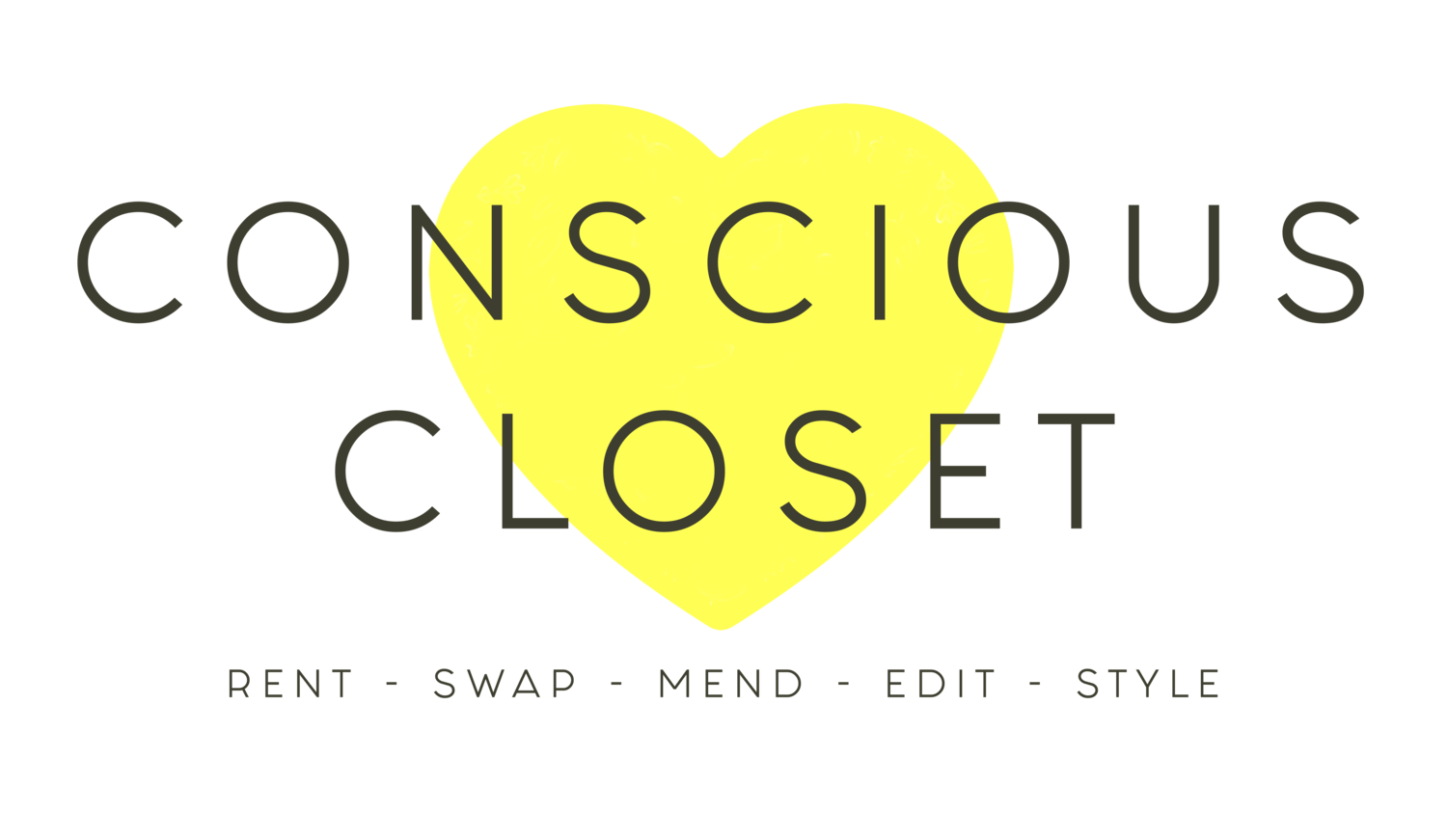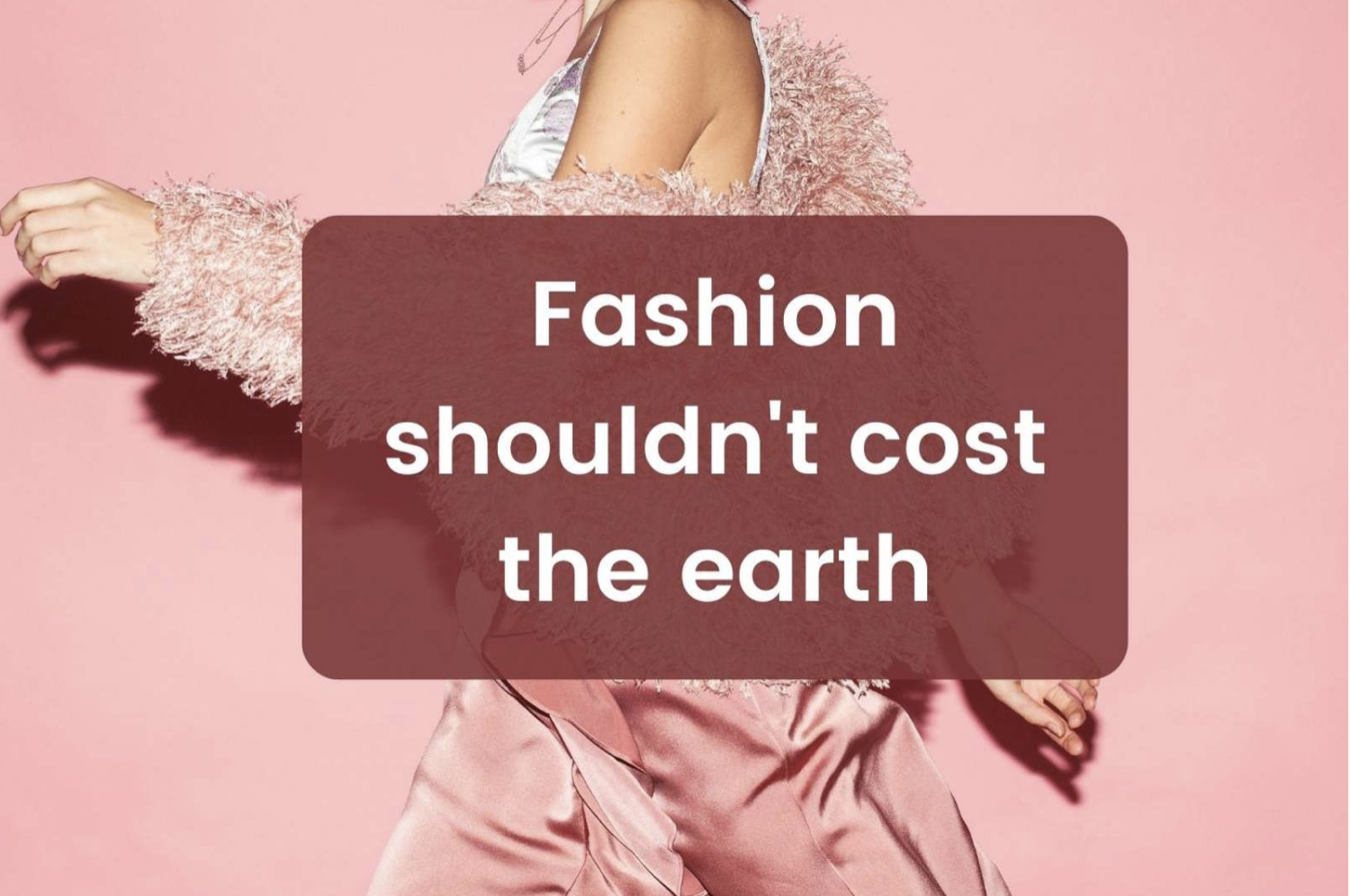Love those labels
OK so a new season has arrived and we are ready to treat ourselves in time for hols…yes?
A few investment pieces that are not wasteful and make us feel good…yes?
But how good should we be when searching for that perfect item?
As we all try to shop a little bit more consciously to help our environment, it is sometimes confusing when you see lots of labels and “greenwashing” statements in stores and on websites. Do they mean this product is better? Will my purchase be more mindful?
Here at Conscious Closet we get asked a lot about what to look out for when trying to shop more sustainably. So we thought we would put together a few labels around fabrics that you should look out for when you go shopping.
Yes, it’s a minefield out there but increasingly designers and high street stores are making it easier for the consumer to see what they are buying and how sustainable the fabric is. As a rule of thumb at Conscious Closet we try to buy garments with a single composition – 100% cotton for example – rather than mixed fibres that may inhibit the ease to recycle them and also mean they are not bio-degradable. It is much easier to recycle a garment made with one type of yarn than a garment that has a mixture of yarns. We are also a fan of organic fibres - that have been produced using less pesticides. But let’s look at some you may not have seen, and what they actually mean for the planet…
Image https://www.ecovero.com
ECOVERO is a type of viscose that is made using sustainable wood from controlled sources. It’s produced by an Austrian company called Lenzing. It’s more sustainable than traditional viscose because the trees it is made from are grown near to the factory where it’s produced using 50% lower CO2 emissions and less water than traditional methods, it also uses a sophisticated supply chain tracing system which is more transparent to the customer. Look for Ecovero or recycled viscose labels on your garments. Lots of brands are using this fabric so you may see the label often now.
BCI COTTON (The better Cotton Initiative) is the largest sustainability programme in the world. Look out for the BCI cotton labels on garments and by buying into these garments you will be investing in a more sustainable future by:
*Supporting farming communities around the world, socially, economically and environmentally.
*Better soil and water management, less use of pesticides and greater resilience to climate change.
We’ve noticed H&M, John Lewis, Gap and Adidas are big supporters of BCI and you will find many of their garments have the BCI cotton labels.
OEKO-TEX Certification is about how the fabric is processed, including things like dyes and finishes. These fabrics are certified free of harmful chemicals and are safe for human use. Alternatively, organic certification is all about how the raw material for your fabric is grown. As an example Organic cotton is grown without pesticides, chemicals & less water as opposed to traditional cotton.
Responsible Wool Standard is a certification to inform customers that the wool that is used in the garment has come from sustainable practices in farming. It’s a voluntary standard that addresses the welfare of sheep and the land they graze on.
Recycled Polyester. You will now come across more and more labels that will say “from Recycled Polyester” but what’s the difference? In terms of quality both virgin and recycled polyester are more or less the same, but it’s production uses 59% less energy and a huge reduction in the extraction of crude oil which lessens our dependence on petroleum!
Recycled polyester is also known as rPET and is basically obtained by melting down existing plastic, like the ones above that are destined for landfill. It is definitely a more sustainable option for our wardrobes. However, it is still non-biodegradable and takes years to disappear once thrown away.
So, in short, whilst it’s great that retailers are starting to inform us what the clothes we buy are actually made from, it’s not all a bed of roses. It’s up to us, the consumer, with the purchasing power to change things, to be informed and make good choices.
Look at the labels and ask questions in store. Check the fabric details on the websites.
Be a Label Lover…..
Lisa & Sarah
xx








